A little while back I photographed my sister-in-law’s basset hound puppies. These two puppies were clumsy and curious, exploring everything around them. No real stories here, just cute puppy pictures.
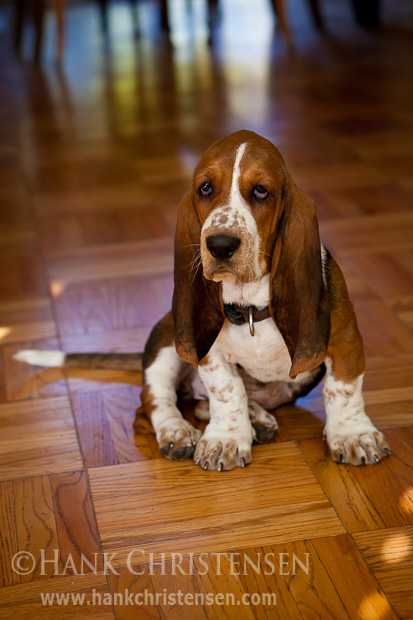
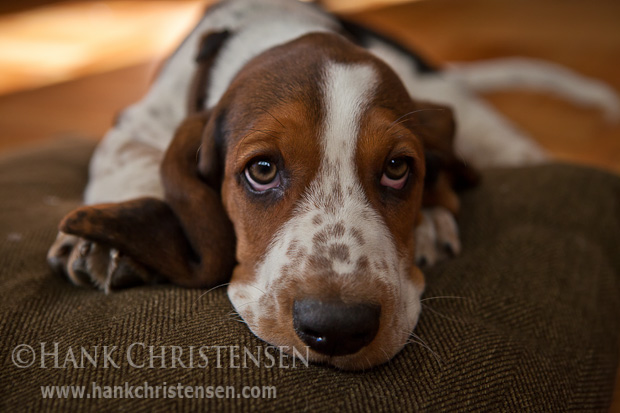
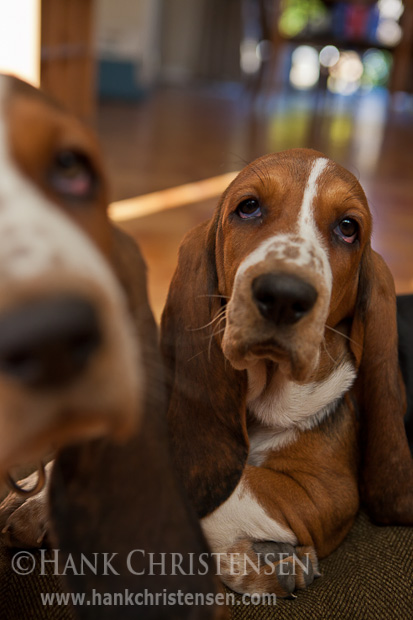
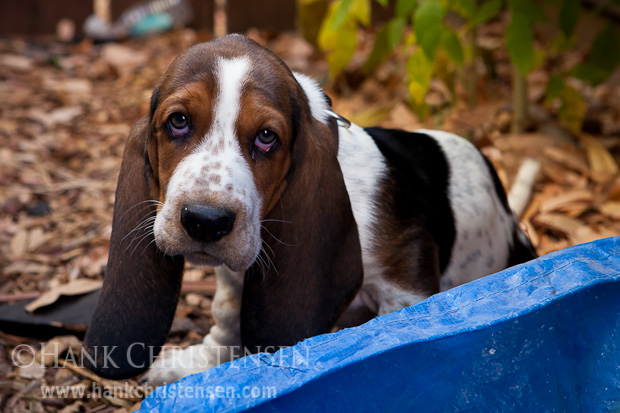
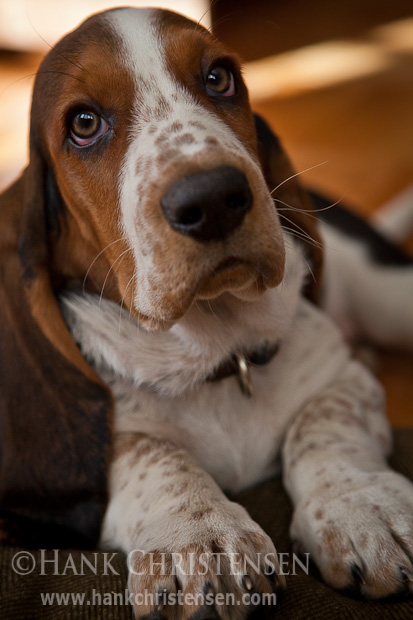
A little while back I photographed my sister-in-law’s basset hound puppies. These two puppies were clumsy and curious, exploring everything around them. No real stories here, just cute puppy pictures.





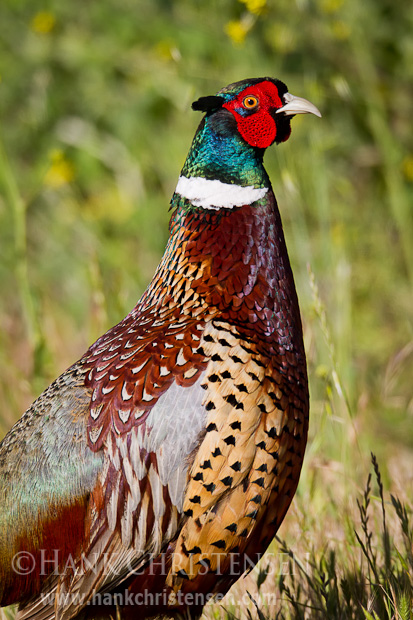
Recently I had a great morning photo session with one of the resident ring-necked pheasants at Palo Alto Baylands. Usually hiding under bushes or barely visible in the tall grass, he spent a few moments out in the open, giving me some nice opportunities for some close-up portraits.
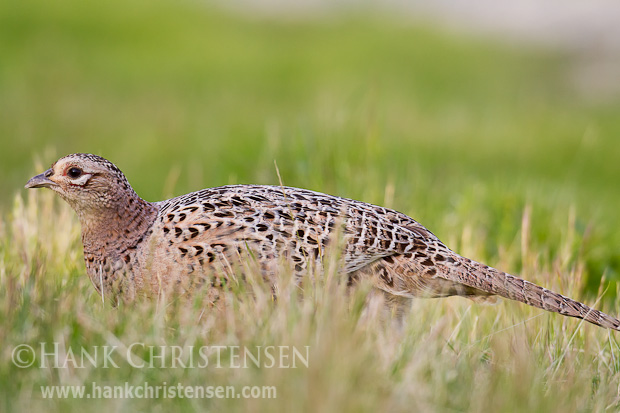
After a while, his lady friend emerged from the thick scrub brush to partake in pecking at seeds. This was the first time I had seen a female in this area. I remained very still and got down low behind my lens. Soon they began to move in my direction, allowing me to get closer than ever before. The morning was quiet and either they were comfortable with my presence or they didn’t even know I was there.
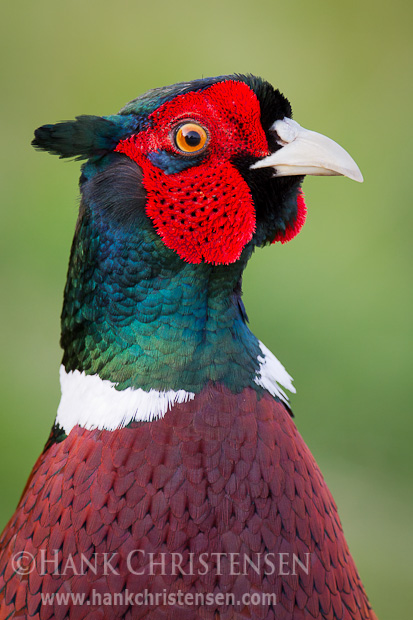
Introduced to North America in the mid-1800s, the ring-necked pheasant has become a popular game bird throughout the United States. The males will defend their territory against other males, though I did see four of them in one day at various points throughout this area of wetlands.
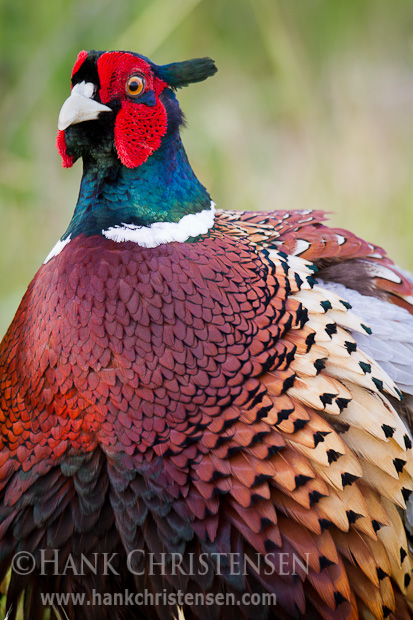
After covering the short grasses at the edge of the bushes, they quickly disappeared into the thicket and ended our photo session. I was very happy to have gotten myself into a good position at a time when no one else was around and these two pheasants felt comfortable to be out in the open.
Living in an urban environment, I am often viewing wild things against a backdrop of non-wild habitats. This is especially true of birds, as they perch on anything convenient – fences, lamp posts, roof tops. A constant challenge is to showcase these wild birds without exposing the urban landscape in which they’re found.
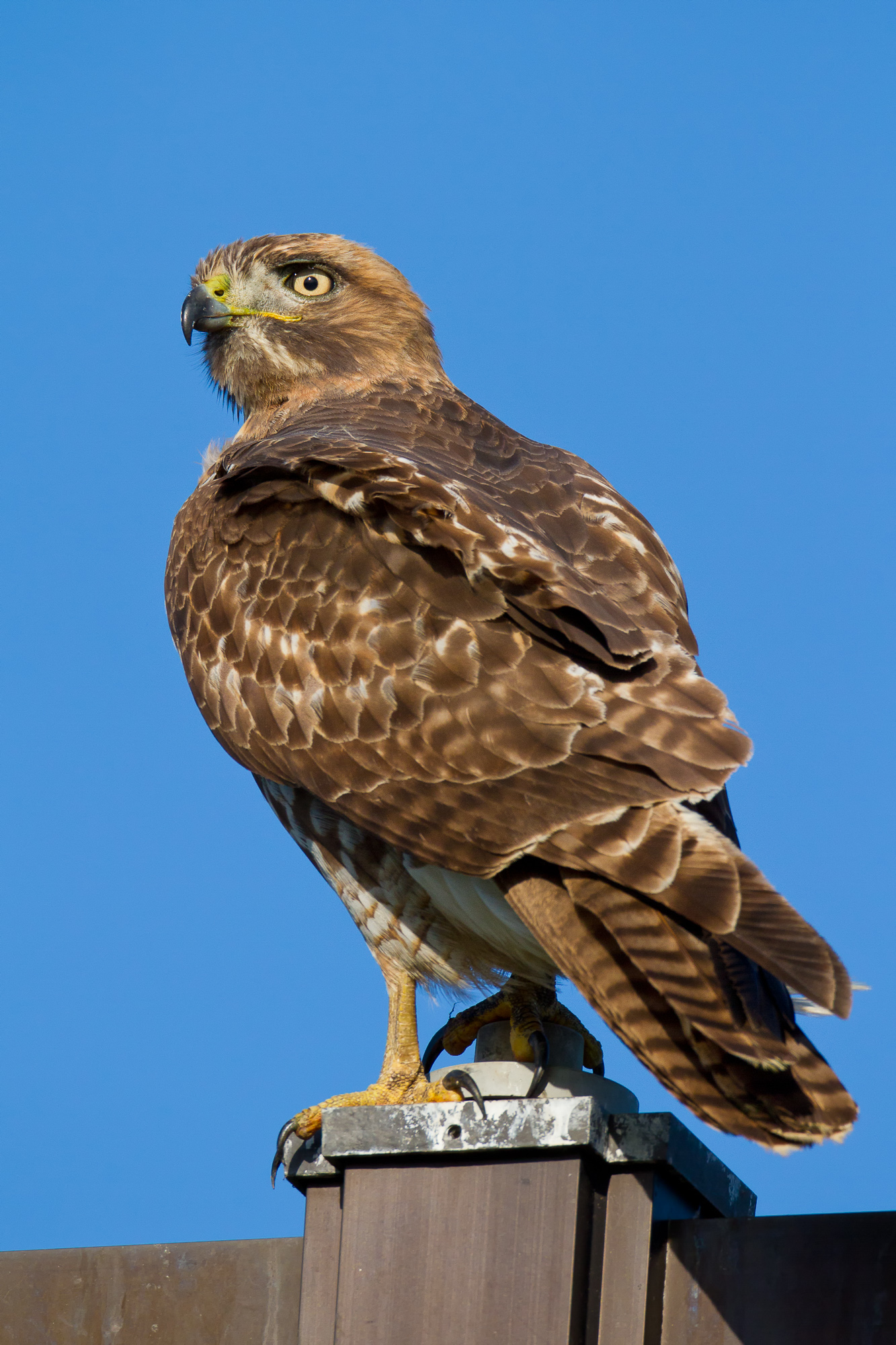
I found this juvenile red-tailed hawk perched at the top of a lamp post, surveying the surrounding grasses for potential prey. He seemed fairly bold (as many juveniles tend to be), and allowed me to approach closely. Several poses later, I wasn’t happy with including this man-made element in my “nature” shot. He’d look much better perched on a scraggly branch of a long-dead tree. But, you must work with what you have. So I tried to move in even closer to eliminate this unnatural element, and create a pleasing head shot of this great bird.
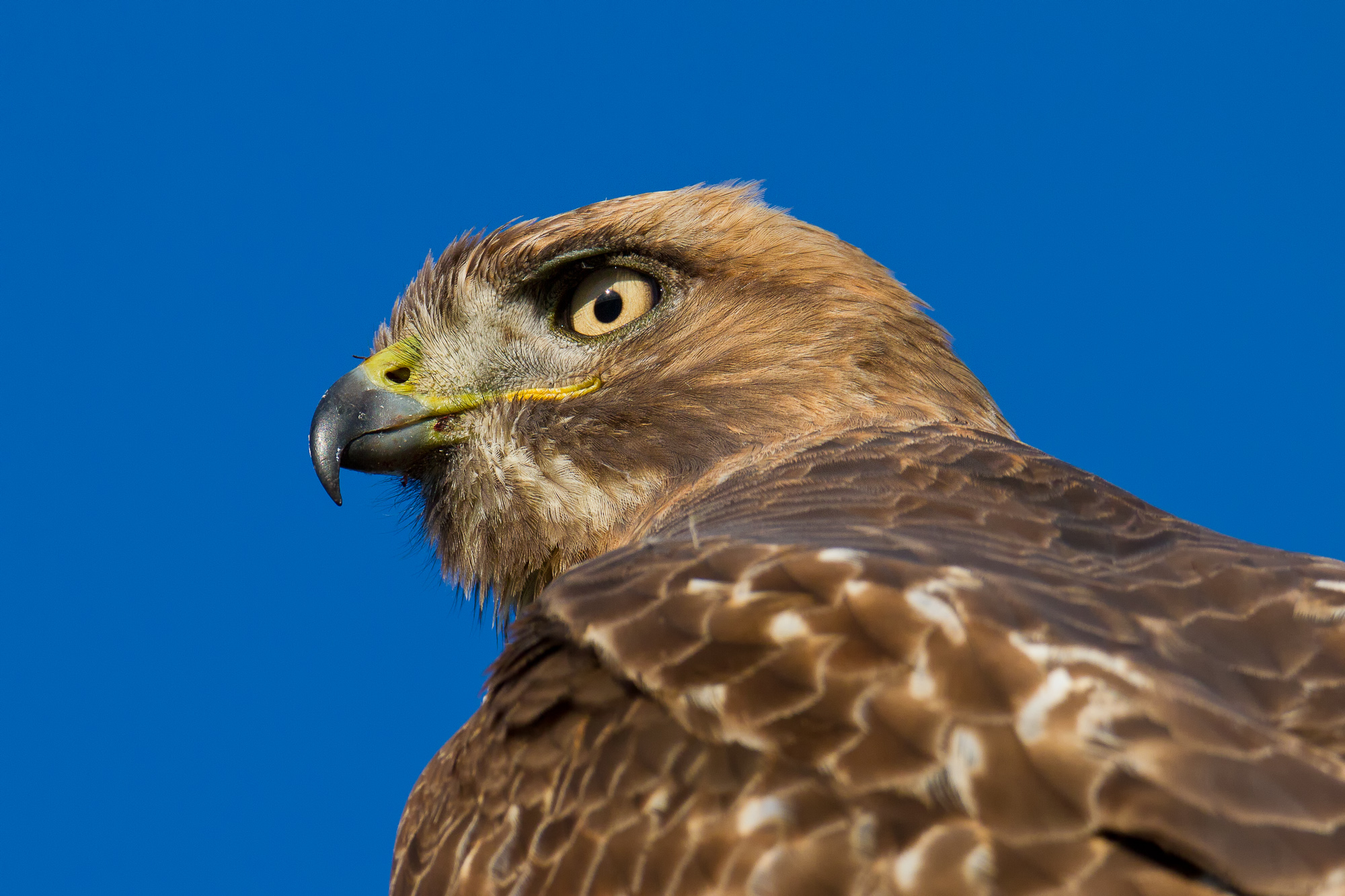
Although this hawk showed no indication of leaving based on my original approach, I still was very slow and methodical about getting closer. The reasoning behind this are twofold. First, I reduce my chances of the hawk getting spooked and leaving. And second (and more important), I don’t stress out the bird, even if he was to remain in place. When approaching any wild animal, always make sure they are comfortable with your presence. If they show signs of stress (with birds, usually a wing flap or calling out), back away!
Eventually, I got close enough to fill the frame with a head and shoulders portrait of the hawk. Composed against blue sky, I’ve successfully removed all man-made elements. The following image shows another technique to eliminate obvious hand-of-man elements, while also using the head shot approach.
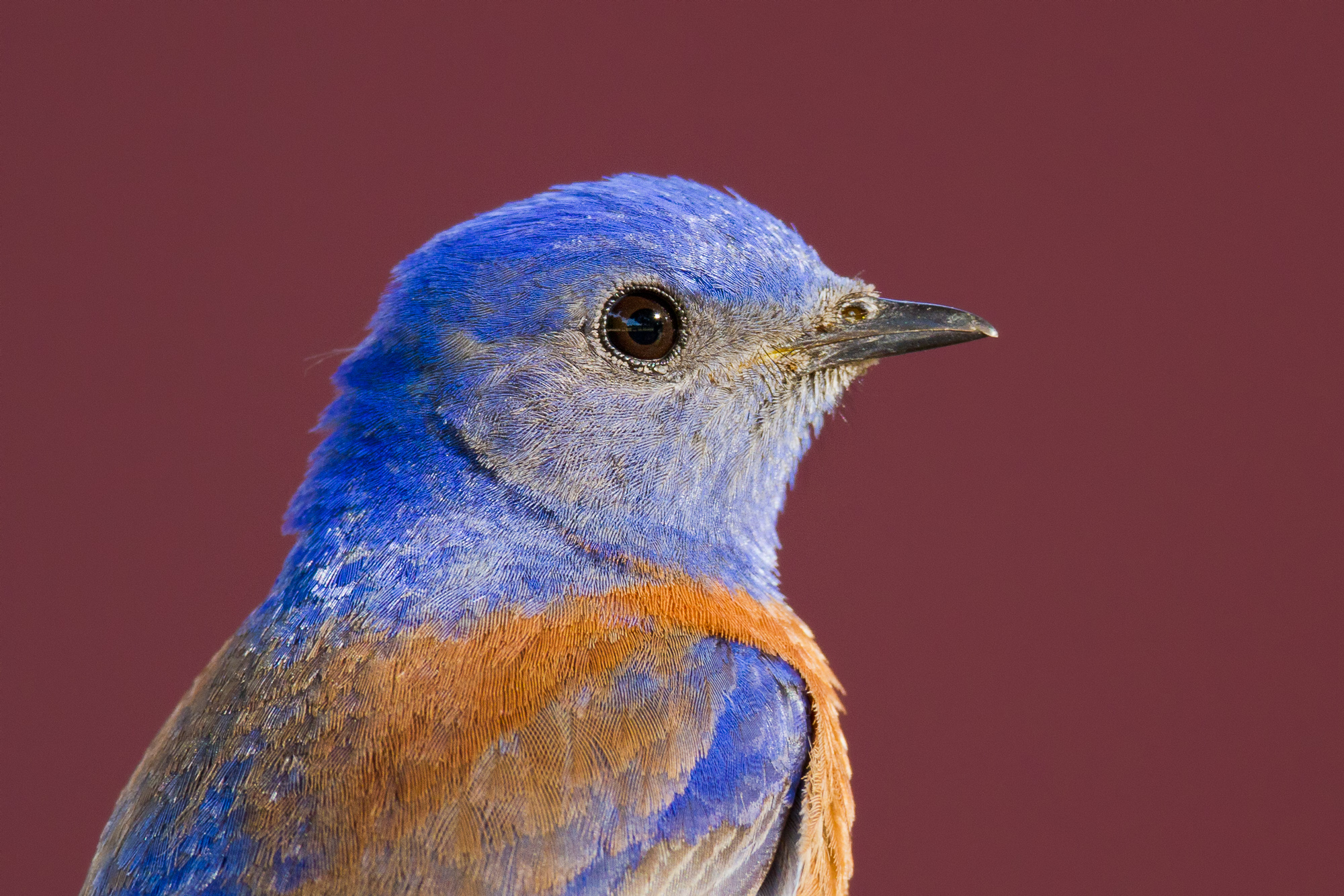
In this instance, a western bluebird was perching on an ugly fence (covered in bird poop) in front of a red barn. The sun angle required I be facing the barn, thus not being able to avoid including it in my background. Once I had framed the bird however, I used an aperture that reduced the barn to a solid red background. Though not exactly natural, I thought it was quite pleasing.
I moved in close to isolate the bird’s head, and removing the fence. This time the target bird was much smaller than the hawk, and I knew that in order to fill the frame with the bird’s head, I needed to be closer than the minimum focusing distance of my lens. I added an extension tube between the lens and my camera, reducing the minimum focusing distance. Luckily this bird was quite used to people (and was probably expecting to be fed!), allowing me to get close enough.
Last month I visited a marsh near my home where American Avocets and Black-necked Stilts nest every year. Both species had been in the area for about a month, pairing up, mating, and preparing the site for nesting. Closely related, these two species often nest in the the area, sometimes laying eggs in the nests of the other species, leaving another parent to raise their young. When I got there, the avocets were either still building nests, or sitting on eggs. One or two lookouts were constantly scanning the skies for predators, turning their necks 90 degrees in order to focus an eye upward.
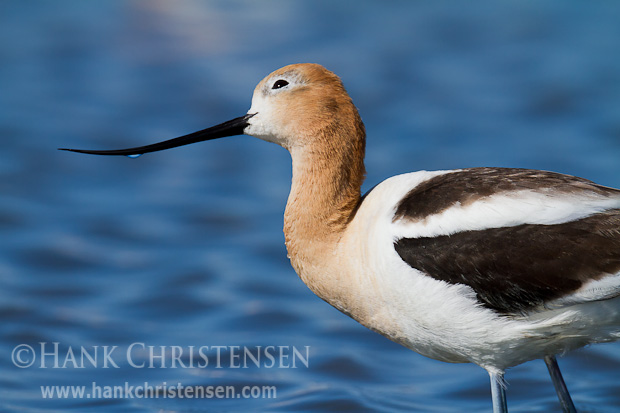
The stilts were even more wary, as some of them had freshly hatched chicks. The most common threats were gulls, as they dive-bombed the nesting site. Occasionally a northern harrier would fly overhead, sending the stilts into a panic.
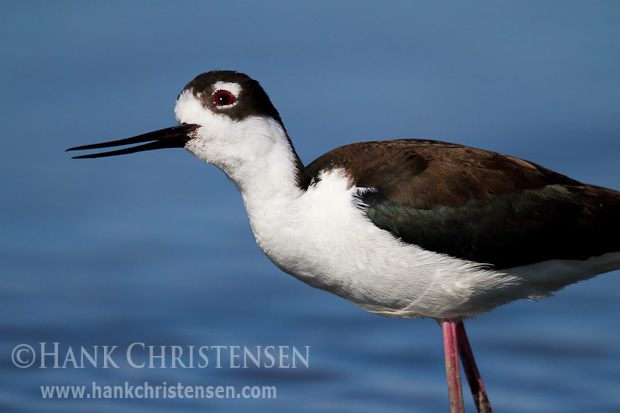
One stilt had three precocious young who were anxious to explore their new surroundings. It was a fairly constant effort to corral them together, and try to keep an eye on three little ones at once.
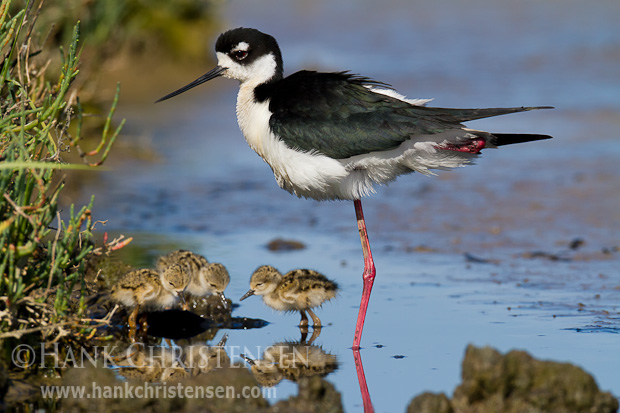
The chicks were just getting old enough to venture away from the nest to practice feeding on their own. Their unsteady clumsy legs sometimes pitched them sideways into the shallow mud. They would stray from the nest for only a few minutes, at which point they’d turn around and head back, perhaps out of some primal instinct to stay close to a parent.
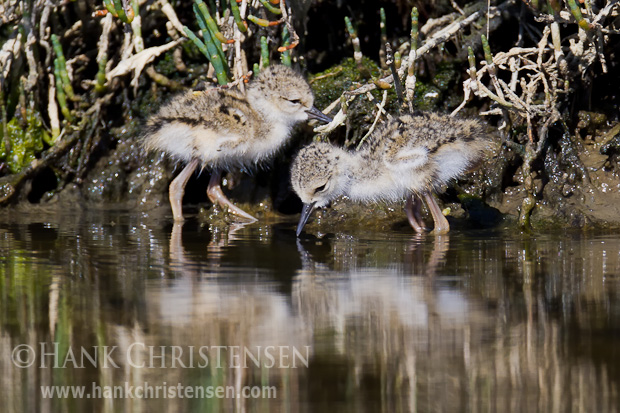
As the sun set, the stilt settled down into the shallow scraping of a nest it had created at the edge of the pickleweed. One by one, each chick would press its way into the feathers of its parent, so it could nest in relative safety.
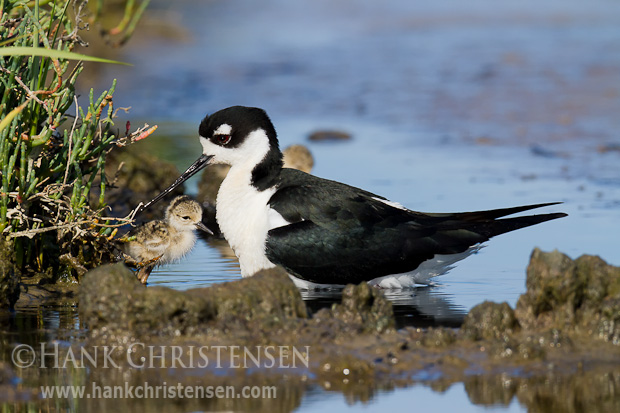
Finally just one chick remained before it too nestled into the comforting feathers of its parent.